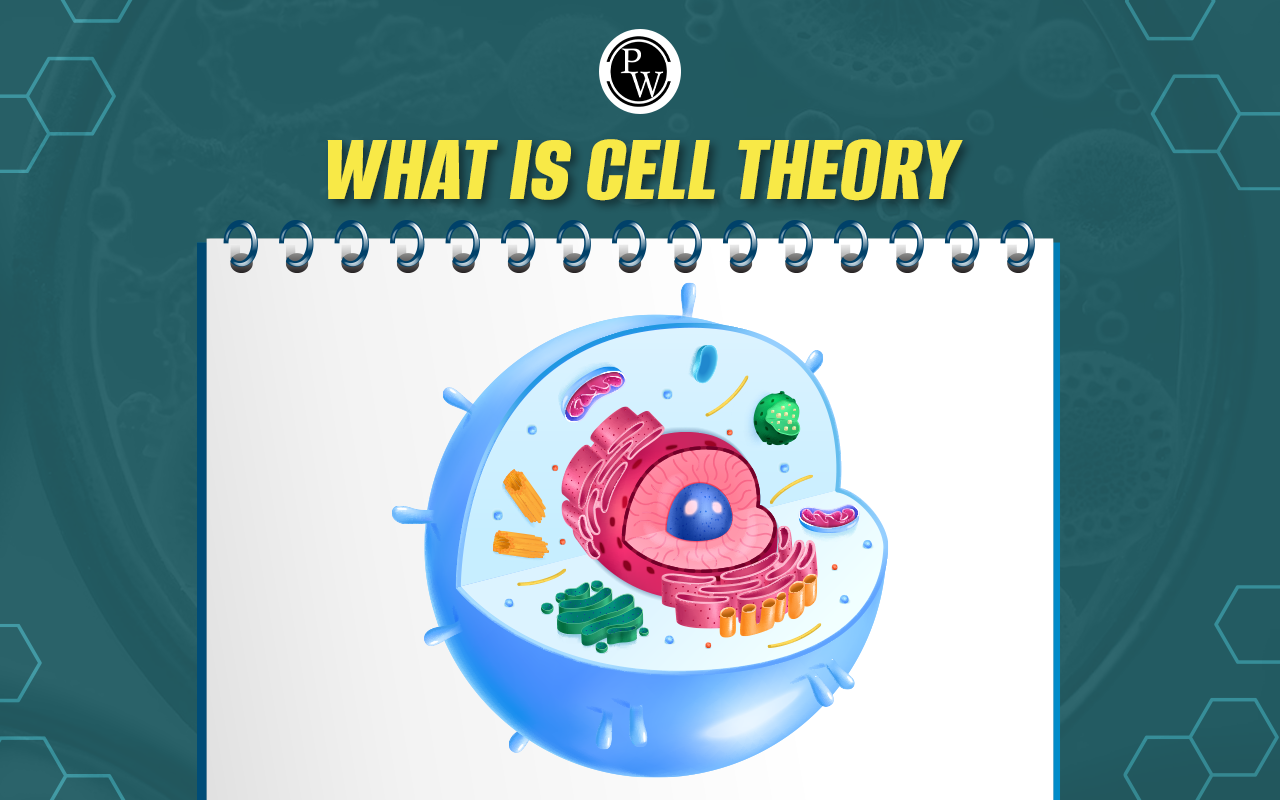
Difference between Cytoplasm and Protoplasm: The cell is all living beings' basic structural and functional unit. The cytoplasm and protoplasm are two main parts of the cell. Whereas the cytoplasm is the fluid-filled portion of the cell that surrounds the organelles, the protoplasm refers to all of the cell's life substances, including the nucleus and cytoplasm.
The primary distinction between cytoplasm and protoplasm is that protoplasm includes both cytoplasm and the nucleus. The nucleus symbolizes all of the components of a live cell, including genetic material. In contrast, the cytoplasm is a gel-like fluid within a cell that excludes the nucleus and includes organelles. Both plant and animal cells have cytoplasm and protoplasm. Read the article for complete details about the difference between cytoplasm and protoplasm.| NEET Biology Syllabus | NEET Biology Diagrams |
| NEET Biology MCQ | NEET Biology Chapter wise Weightage |
| NEET Biology Notes | NEET Previous Year Question papers |
Difference Between Cytoplasm and Protoplasm Overview
The protoplasm comprises several cellular organelles. It is a colorless, transparent, viscous jelly-like living fluid within the cell wall. The term protoplasm was created in 1835, and it is regarded as the primary material since it is in charge of all biological operations. The cytoplasm is very well organized. It may appear to be devoid of shape or structure. The cytoskeleton is a network of protein scaffolds that provides structure to the cytoplasm. Plant and animal cells, as well as chromatin, are found in the cytoplasm. Cytosol fills the gaps and suspends all of the cell organelles in them.
Difference Between Cytoplasm and Protoplasm
The presence or absence of a nucleus is the key difference between cytoplasm and protoplasm. Cytoplasm is a translucent, semi-fluid substance with a transparent body. Furthermore, 'cyto' refers to a cell, whereas 'plasm' refers to a liquid. Moreover, all proteins, organelles, metabolic wastes, and food stores are found in the cytoplasm. Protoplasm is a jelly-like material in which numerous biological and chemical activities occur. The term protoplasm is a Greek word that means "first thing formed." The protoplasm comprises 90% proteins, lipids, water, salts, and carbohydrates. The complete difference between cytoplasm and protoplasm is given below in the table.|
Difference Between Cytoplasm and Protoplasm |
||
|---|---|---|
| Basis | Protoplasm | Cytoplasm |
| Location | It is found throughout the entire cell, including the nucleus | It occupies the space between the nucleus and the cell membrane |
| State | It exists in liquid and gel-like states | It is primarily in a gel-like state |
| Components | It includes cytoplasm and nucleoplasm | It consists of water, ions, proteins, and organelles |
| Organelles | It contains organelles such as mitochondria, endoplasmic reticulum, etc. | It contains various organelles like mitochondria, endoplasmic reticulum, and Golgi apparatus |
| Genetic Material | Nucleoplasm contains genetic material (DNA/RNA) | Genetic material is absent; DNA/RNA is found in the nucleus |
| Role in Metabolism | It is involved in metabolic processes and chemical reactions | It serves as a medium for cellular metabolic activities |
| Size | It is larger and more prominent in size as it encompasses the entire cell | It is smaller in size as it is limited to the space outside the nucleus |
| Dynamic Nature | It is constantly changing and adapting to cellular needs | It exhibits dynamic movements, allowing for cellular processes like cytoplasmic streaming |
Cytoplasm Definition
The cytoplasm is a heterogeneous combination of chemical molecules and opaque granules. These two components contribute to the colloidal form of the suspended organelles. The cytoplasm contains particles of various shapes and sizes. The cytoplasm includes enzymes, carbohydrates, lipids, and inorganic salts in concentrations ranging from 20 to 25 c/o. It comprises 90% water and 10% organic and inorganic substances. It includes mitochondria. As an organelle, mitochondria create electricity by converting the energy types the cell requires. Proteins and DNA make up the cytoplasmic ribosomes. The cytoplasmic lysosomes contain 50 distinct enzymes that break down lipids, proteins, and nucleic acids. The endoplasmic reticulum generates, processes, and transports proteins and lipids for all cell components. The Golgi apparatus manufacturers, stores, and transports cellular products from the endoplasmic reticulum.Protoplasm Definition
The live components of a cell, which include the cytoplasm and nucleus, are called the protoplasm. It is the fundamental component that forms the foundation of all cells in living beings. Protoplasm contains all of the ingredients required for life. It includes organelles like the cytoskeleton and genetic material. The protoplasm carries out different cellular operations, such as metabolism, energy generation, cellular division, and the storage and expression of genetic information. It is essential for cell shape maintenance, chemical transit inside the cell, and allowing exchanges between different cellular components. In eukaryotes, the first component of the protoplasm is the cytoplasm, which resides between the nucleus and the cell membrane. It is also the location of organelles that conduct essential tasks. Furthermore, the cytoplasm maintains an environment that allows diverse organelles to accomplish their duties. The nucleus, which contains an organism's or cell's genetic material, is the second component of the protoplasm. Furthermore, the nucleus is the location of the ribosomes and plays a vital role in regulating cell activity. Again, prokaryotes have an area known as the nucleoid that contains genetic information rather than the nucleus.Physics Wallah offers the NEET online coaching in India at an affordable price. With comprehensive study material, a user-friendly platform, experienced faculty, and effective assessment methods, PW helps students excel in their NEET preparations and succeed in the medical entrance exam.
Difference Between Cytoplasm and Protoplasm FAQs
What is the difference between cytoplasm and protoplasm?
What are the functions of cytoplasm and protoplasm?
Is DNA present in the blood?
Do chloroplasts have DNA?
Who discovered cytoplasm?










